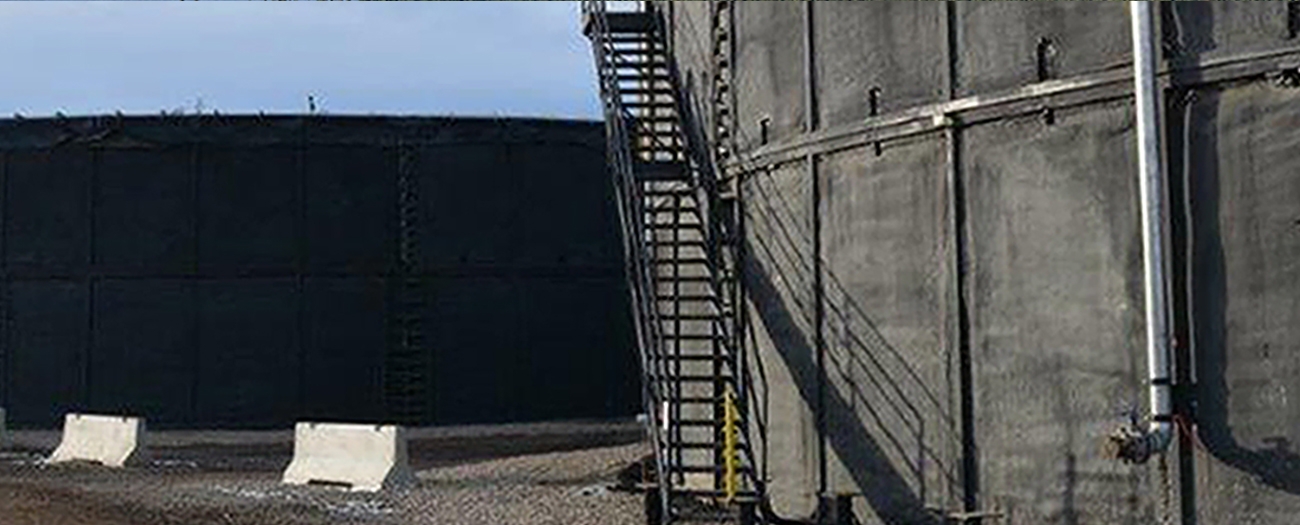AER releases new storage requirements
Alberta - March 29, 2022You often hear people refer to life as being more about the journey than the destination. However, for oil and gas companies looking to store the water they use in their operations, the destination is important too.
The Alberta Energy Regulator (AER) released updated requirements for centralized fluid storage (CFS) to encourage water reuse in hydraulic fracturing operations.
“These changes will reduce industry’s reliance on Alberta’s rivers and lakes and reduce truck traffic,” says Joelle Mac Donald, a senior civil engineer with the AER’s technical science & external innovation branch. "The CFS updates provide both outcome-based and prescriptive requirements that give companies the flexibility to figure out the best solutions for their specific circumstance for storing water for reuse.
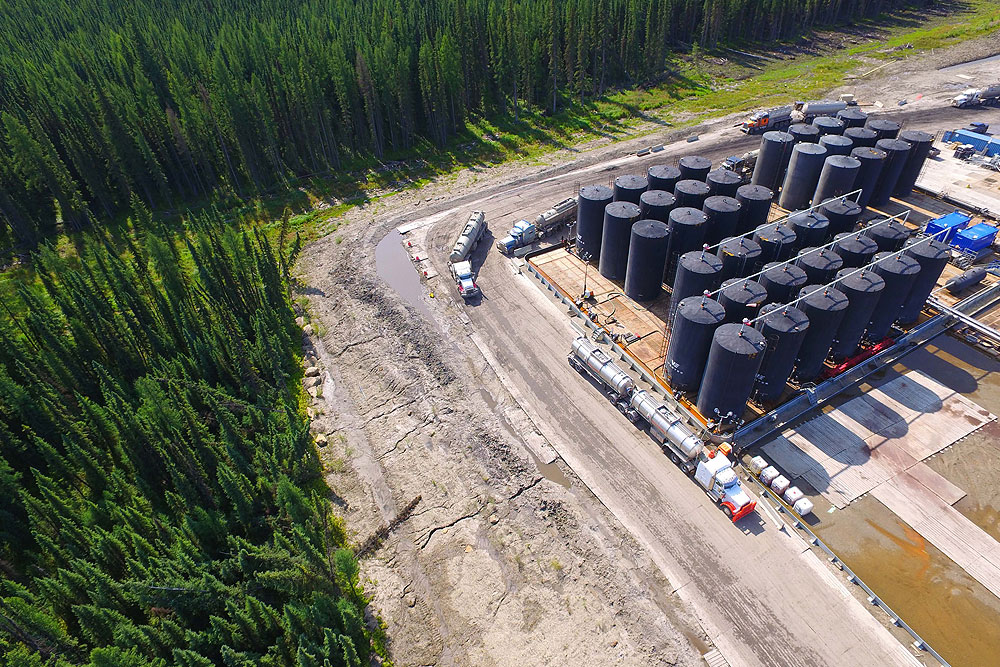
CFS facilities are an important way to encourage water reuse, particularly with hydraulic fracturing operations. Process water can be stored in engineered containment ponds and above-ground synthetically lined walled storage systems, both of which have a smaller footprint than freshwater reservoirs.
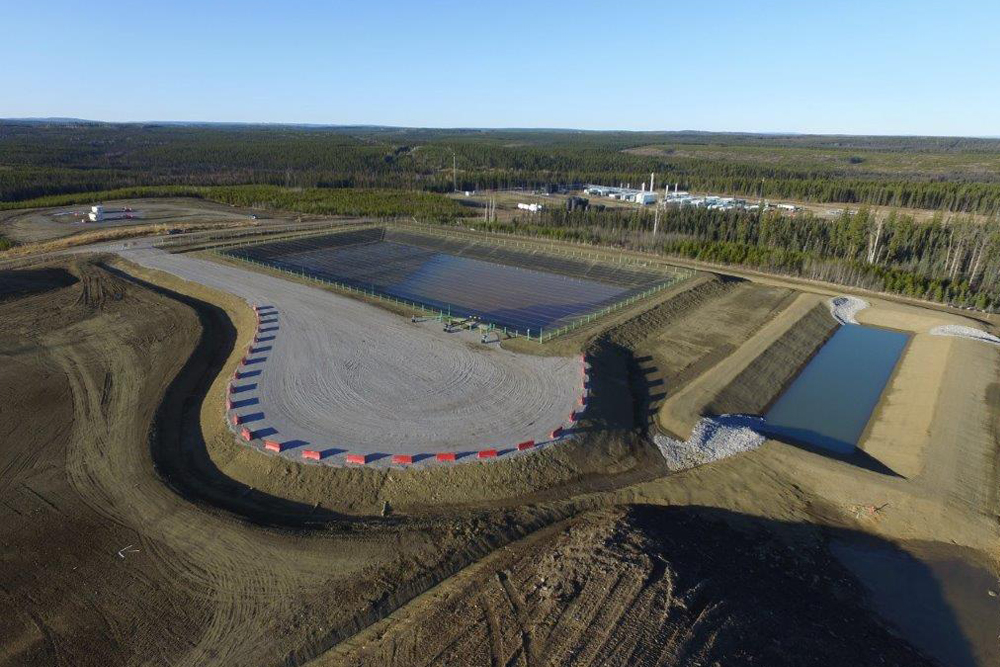
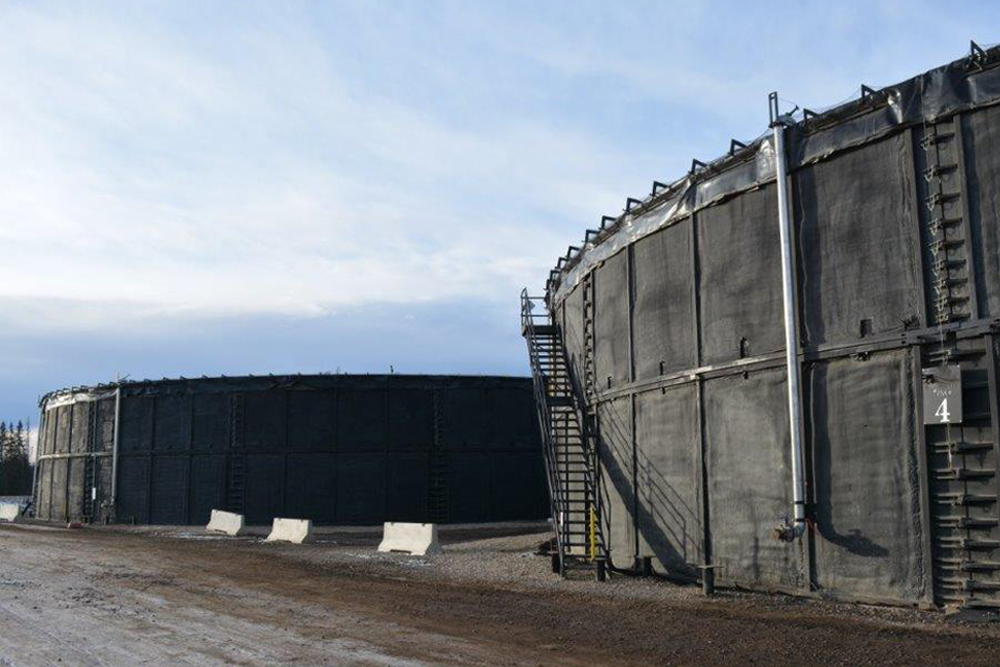
To reduce the reliance on high-quality non-saline water, such as freshwater from rivers and lakes, hydraulic fracturing operators can choose to reuse produced water and water-based flow back, rather than sending it for disposal. To reuse this process water, there needs to be a safe way to store it until it’s needed; the AER’s requirements ensure these waters will be securely stored to protect the environment, wildlife, and the public. As with any AER requirement, the goal is to protect the environment and keep the public safe. Mac Donald explains that for CFS, it means ensuring that the storage facility is appropriately located, the right controls are in place, and that the facility is carefully monitored.
“Ultimately, we want to reduce the likelihood of a produced water release; but if something should happen, we want to minimize the consequences,” says Mac Donald. “We require a lot of mitigation and monitoring for these risks, such as leakage collection and detection systems that provide an early indication of potential problems like pin-hole leaks or damage to the barriers.”
CFS facilities also include a secondary containment system, a proactive groundwater monitoring program, and wildlife and waterfowl controls, such as fencing and bird netting.
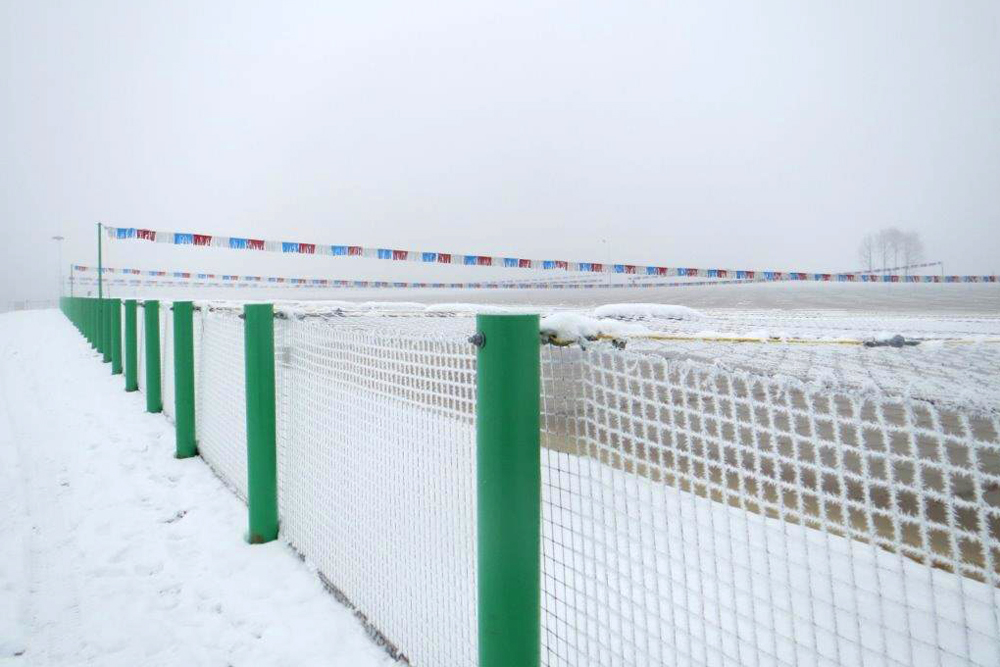
Mac Donald added that CFS facilities fall under the Oilfield Waste Liability Program (OWL). This program helps protect Albertans and the Orphan Well Association from the costs to abandon, remediate, and reclaim oilfield waste management facilities.
To learn more about CFS, check out the project video.
Additional resources:
- Directive 055: Storage Requirements for the Upstream Petroleum Industry
- Directive 058: Oilfield Waste Management Requirements for the Upstream Petroleum Industry
Resource Editor


